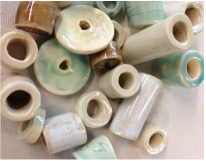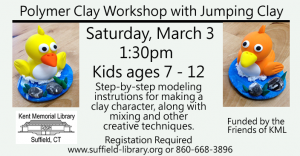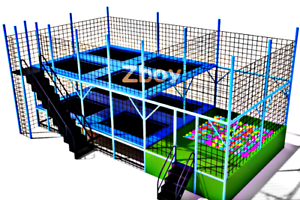In case you are thinking of switching to volume art or you saw the sculpture contest and you are thinking of participating, here is a very simple tutorial on one of the techniques that more than one of us will have worked on as children. With the clay making singapore service the deals are essential.
The mud or clay
Beyond making an ashtray in a summer camp, clay is the soul matter for most sculptors because of the ease of creating sketches of a sculpture that will be transferred to another material or works of art directly finished in clay or mud.
This technique that of modelling consists of gradually adding fragments of a malleable material such as clay in small portions the entire sculpture does not come out at once. Rather, it is added gradually and then they are joined as we will see in the breakdown of the procedure.
Necessary materials
- Clay or mud (you don’t have to be picky about type or brand at first)
- Mud emptiers
- Clay modelling sticks
- Roller or similar to knead
- Fine wire, a thread of about 40 cm approximately
- Thick wire, for large works
- Pliers to cut the wires
- Knife
- Water
Turntable stand is not necessary for the first few attempts. But if you plan to make several sculptures, it is highly recommended to have one of them. It will speed up the task, allowing us to see all the prisms without having to go around the piece.
Modelling clay

Create an idea. The first step, as in most branches of Fine Arts, is to compose our mental figure by translating it into a sketch from which we will then borrow fragments to give it volume.
Some artists dispense with the sketch on paper and choose to create freely on the clay, making a model in three dimensions, on a lower scale than the enlarged work later. It is advisable, at least at the beginning and until we become fluent in modelling, goes through both processes.
Select quantity. The most normal thing is that we have bought a very large block, to split a fragment it is best to use a wire thread to cut a quadrant. Then we can add new pieces on the piece.
If the work is very large or with very thin elongated parts, it is best to cover its interior with a thick wire structure. You do not have to make the same drawing as the final finish a simple metal guide will be enough. The thick ones can be joined by winding them with more fine wire. If you want to speed up the weight of your sculpture you can also use some type of wire mesh as in this image.
Move on to modelling clay. On this skeleton add the pieces of clay that must have previously kneaded, either with the roller or with our own hands. If the mud is too hard we can add a little water to rehydrate the block and make it handle better.
Then add pieces of clay to the piece and integrating them with our fingers and with the help of the clay modelling sticks. If you want to remove the excess mass, the ideal is to use the emptying tools. There are many ways to create different holes in the sculpture.
There is no single finishing surface. Therefore we have to choose which one is best for our work. It does not have to end up being a regular smooth sculpture, or full of small grooves, one of the best characteristics of this technique is the creativity that it presents from beginning to end.





